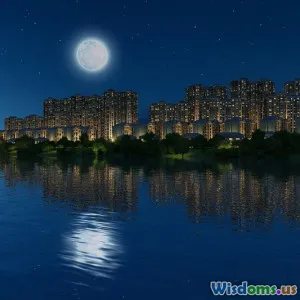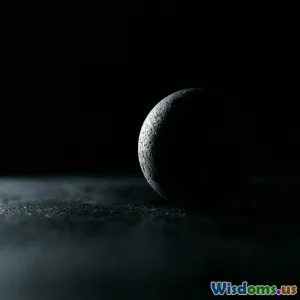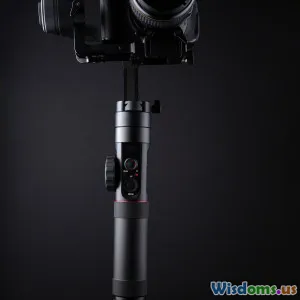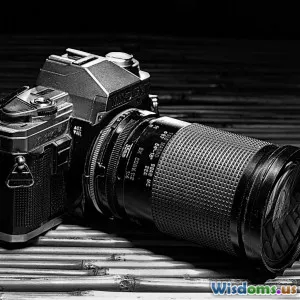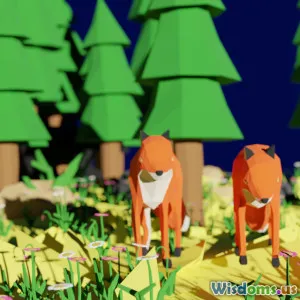
Surprising Facts About 3D Animation In Film
13 min read Discover intriguing and lesser-known facts about 3D animation's evolution, impact, and technological milestones in the film industry. (0 Reviews)
From scenes of galactic battles to jaw-dropping photorealistic creatures, 3D animation has revolutionized the way stories are told in cinema. What once required fleets of puppeteers and months of painstaking frame-by-frame drawings is now achieved with digital ingenuity and computing power. But beyond the obvious visual spectacle, the journey of 3D animation in film is filled with surprising twists, groundbreaking experimentation, and fascinating behind-the-scenes details that even ardent movie buffs may not know. Let’s uncover some astonishing facts about the world of 3D animation in film.
The Unexpected Disney Origin of 3D Animation

Most people think of Pixar when 3D animation comes up, but the roots go deeper—directly into the heart of Disney. Long before computers became ubiquitous on film sets, Disney innovated by collaborating with technologists. In 1982, Disney released Tron, a movie that wove the neon-soaked digital world into cinematic storytelling. While Tron used fewer than 20 minutes of computer-generated imagery, those scenes laid foundational groundwork. Fun fact: the 3D graphics used were so unfamiliar, the Academy Awards snubbed Tron for a visual effects nomination, reasoning (ironically) that using computers was akin to cheating.
The legacy doesn’t stop at Tron. Disney animator John Lasseter’s early experiment (in collaboration with Lucasfilm’s nascent Computer Graphics Group) led to The Adventures of Andre and Wally B (1984)—arguably the first short film demonstrating Pixar’s trademark blend of heart and advanced 3D modelling. Lasseter’s dismissal from Disney, following his 3D obsession, instead pioneered the birth of full-length computer animation at Pixar.
Rendering Is More Complex Than Rocket Science
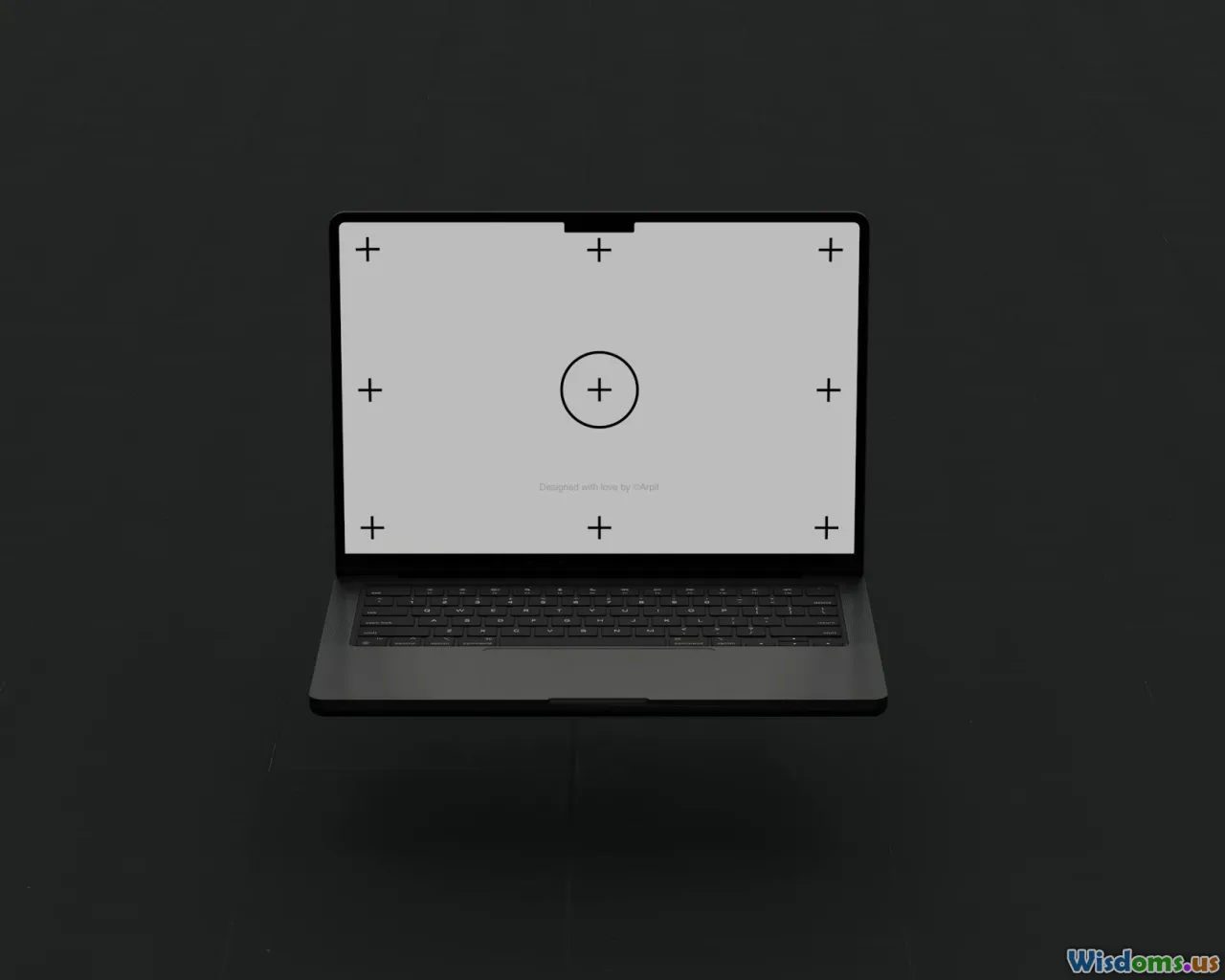
Producing a 3D animated movie isn’t just about artistry; it’s a technological marvel. Rendering—the process of converting 3D models into photorealistic images—is both spectacularly complex and resource-intensive. Each frame can take anywhere from a few minutes to over a week to render, depending on scene complexity and desired realism.
For example, Pixar’s Monsters University in 2013 required approximately 100 million computing hours to render, using a render farm that spanned thousands of computers. Rendering a single frame sometimes meant simulating thousands of individual hairs, particles, and shadows. ILM’s work on Transformers: Age of Extinction pushed their render farms to new breaking points, calculating intricate transformations at microscopic detail—often requiring terabytes of data just for one robot’s facial animations.
It’s not hyperbole—featuring cutting-edge data centers and technical ingenuity, producing animated films requires technical sophistication rivaling NASA’s mission control.
Gritty Realism in the Digital Realm
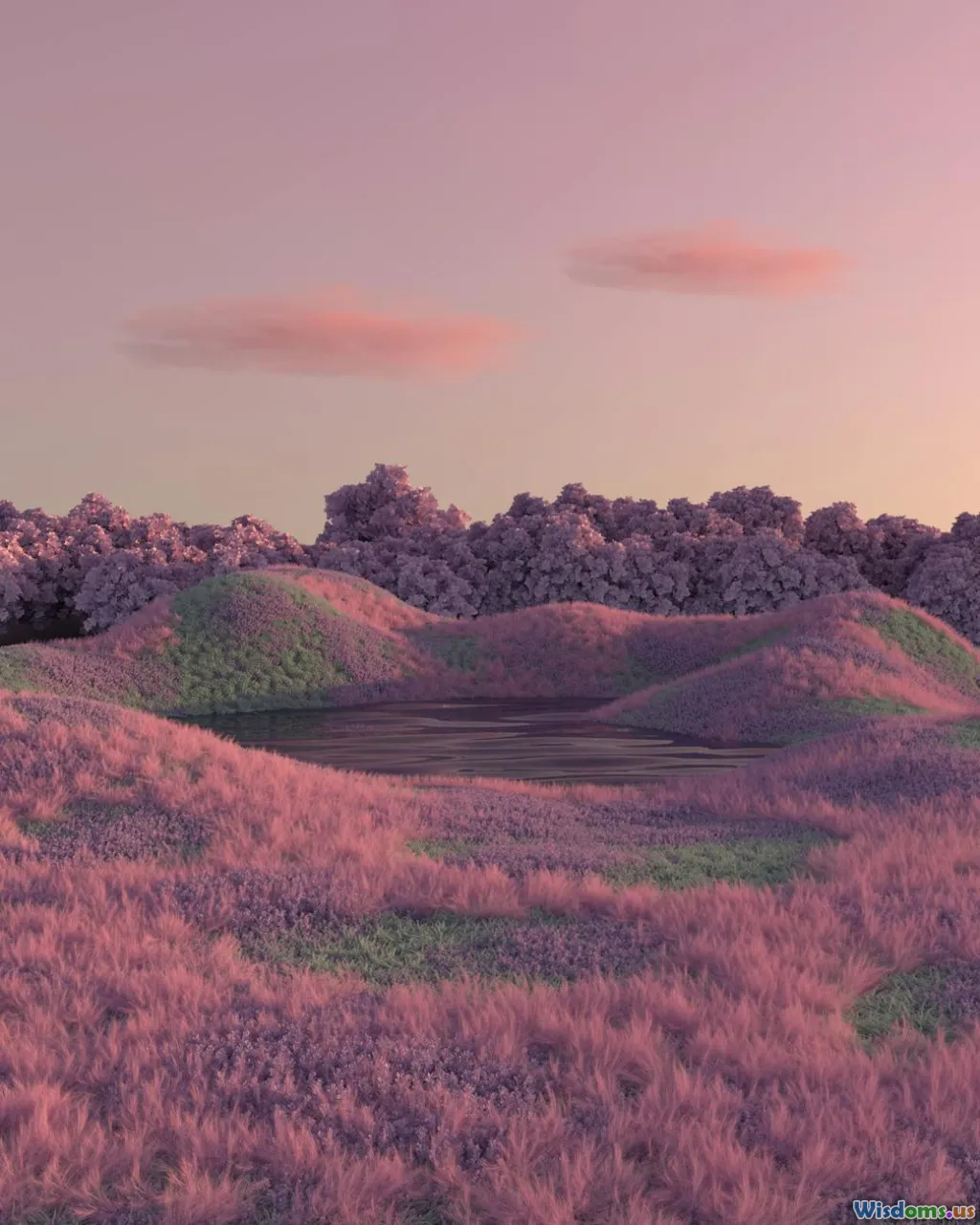
As audiences have grown more savvy, the drive for realism in 3D animation has reached extraordinary heights. Achieving convincing skin textures, hair movement, reflections, and even imperfections is now a paramount focus.
Take 2019’s The Lion King: almost an entire ‘live-action’ movie without a real animal or landscape. Artists spent years meticulously studying real animal movements, fur simulation, and African geography. The end result? Photorealistic animals rendered so life-like many viewers assumed actual wildlife was filmed. The effect: an emergent term in Hollywood—‘digital doubles’—describing CG creations indistinguishable from reality. On Blade Runner 2049, VFX shops built cities teeming with digital extras; on Fast & Furious 7, Paul Walker’s presence was recreated with digital sorcery after his passing, employing a blend of brothers’ performances, facial scanning, and refined animation.
Motion Capture: Humans as Digital Puppets

Long gone are the days of guesswork in animating realistic human movement. Motion capture, or “mocap,” allows animators to record real-life performance nuances—down to subtle eye twitches and muscle contractions. Landmark performances have defined this technology’s potential.
Andy Serkis revolutionized the art with his portrayals of Gollum (The Lord of the Rings), Caesar (Planet of the Apes), and King Kong. His performance-capture suit transformed his every motion into digital muscle and sinew, letting animators craft emotionally resonant computer characters. But mocap isn’t limited to humans—films like Avatar used the technique to create the Na’vi. James Cameron famously invented new facial capture rigs, recording even the tiniest facial flicker to translate Zoe Saldaña’s and Sam Worthington’s performances into their blue-skinned digital avatars. This bridging of analog and digital performance often earns debate: Should digital characters portrayed by humans be eligible for acting awards?
Plot Twists in 3D Animation Production

What seems seamless on the silver screen is often the result of creative problem-solving (and plenty of happy accidents). Contrary to popular belief, animation pipelines are highly fluid. Scenes are storyboarded, reworked, or abandoned at a moment’s notice, often due to new rendering breakthroughs or storytelling pivots.
Consider Pixar’s Toy Story 2: originally greenlit as a straight-to-video sequel, it faced near-cancellation due to an initial lackluster cut and technical woes. At one point, an accidental command deleted 90% of the film from Pixar’s servers. Only an engineer’s home backup saved the day. The movie was nearly finished anew—with entire scenes reimagined within weeks—to secure its place as a cinematic classic. Similarly, DreamWorks’ Shrek was intended as a motion-capture/CGI hybrid but pivoted to classic computer animation after early results proved unsatisfactory.
Sometimes, the evolution of tools steers creative decisions. Advances in particle simulation let studios convincingly animate smoke, water, and fire—opening wholly new storytelling avenues, as seen in Pixar's Finding Nemo or Moana’s ocean effects.
Hidden Technical Marvels: Easter Eggs & In-Jokes

Eagle-eyed viewers and insiders know 3D animated films are treasure troves of hidden delights—technical marvels, in-jokes, and secret references layered between the frames.
Pixar is legendary for sly Easter eggs. The Pizza Planet truck pops up in nearly every feature. Toy Story 3’s daycare bin features a cameo from Totoro of Studio Ghibli—a nod to the burgeoning friendship between the two studios. Animators often sneak family names, inside jokes, or rare objects into background scenes. For instance, A113 (a reference to a CalArts animation classroom) appears in multiple films and franchises, now a legendary signal to the animation cognoscenti.
Much of the magic lies in tools audiences never see, like Pixar’s Presto animation system or Disney’s proprietary Hyperion Renderer. Proprietary scripting languages and software simulate phenomena like tangled hair (think Brave) or snow (echoing the mesmerizing blizzards of Frozen).
Pioneering 3D Animation Beyond Entertainment
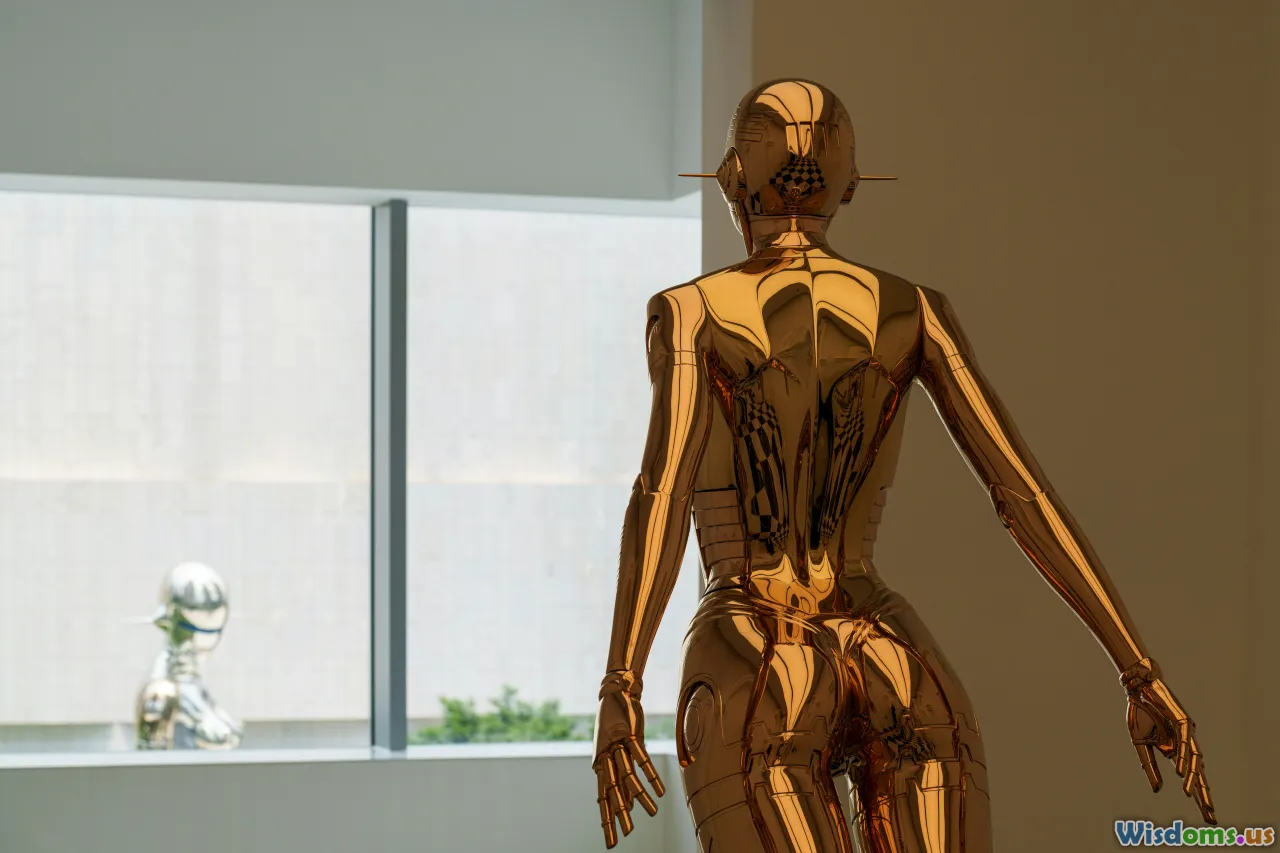
The impact of film-quality 3D animation transcends movie screens. The same tools animating dragons and fantasy realms foster tech leaps across industries. Medical schools employ 3D visualization—some developed in part by film VFX houses—to train surgeons or model intricate biological processes.
Architecture and urban planning now commonly employ advanced simulations to test building performance, often using repurposed movie industry tools. NASA created elaborate simulations and visualizations for the Mars Rover landings leveraging software initially designed for blockbuster movies.
Likewise, interactive installations, museum exhibits, and even courtroom reconstructions use game engines and animation pipelines born in Hollywood, blurring the lines between cinematic spectacle and everyday utility.
The Future: Real-Time Rendering and AI Revolution
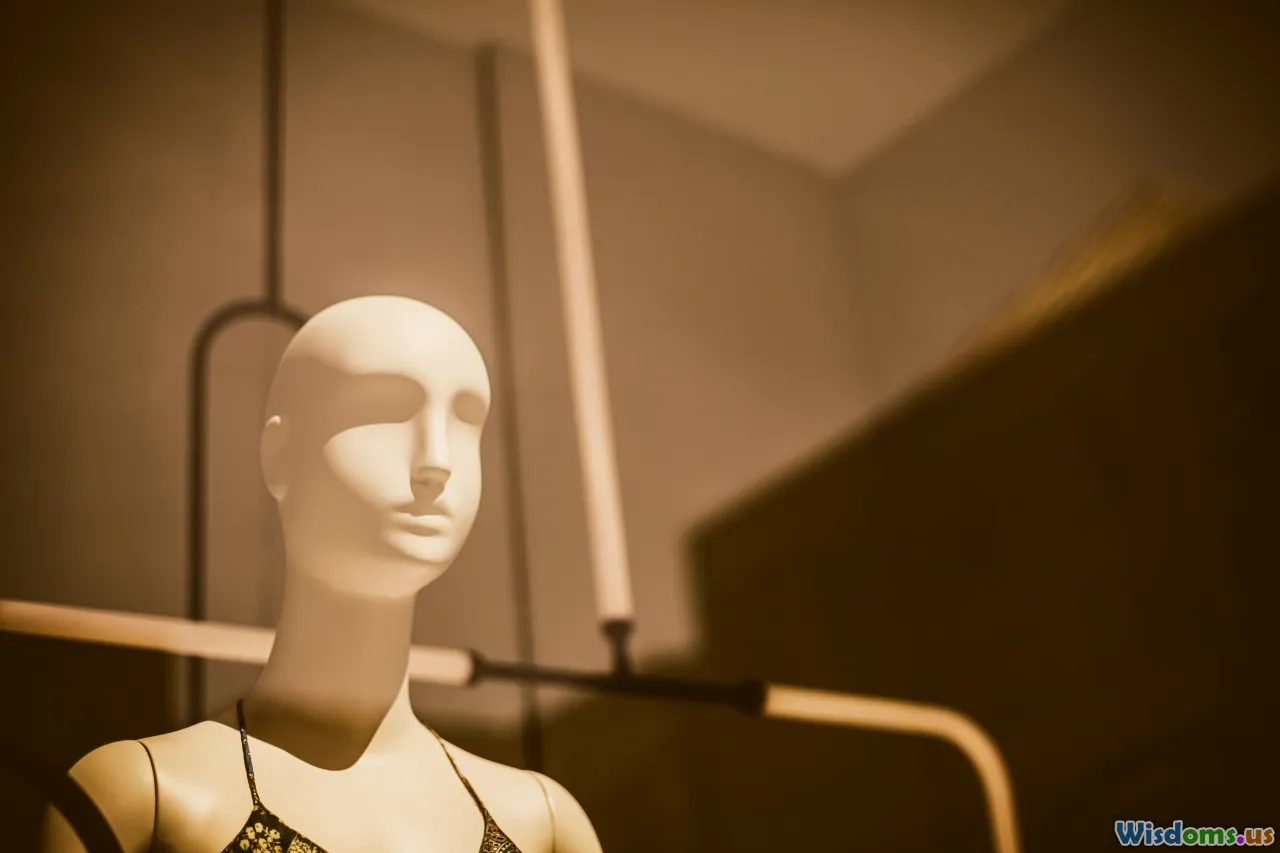
Perhaps the most eye-popping advancements in 3D animation are only beginning. Contemporary productions increasingly embrace real-time rendering. Titles like The Mandalorian use game engines (notably Unreal Engine) to render hyper-detailed, immersive environments, projected on massive LED walls—allowing actors to physically inhabit their virtual sets. This not only expedites production but also provides directors unprecedented creative flexibility.
Artificial intelligence marks another seismic shift. Studios can now leverage machine learning to automate tedious processes (like inbetweening frames or optimizing complex simulations), streamline facial animation, and even refine entire visual effects workflows.
In the future, these developments promise not only faster, cheaper production but also democratize the creation of sophisticated cinematic experiences. Independent filmmakers and content creators are harnessing these tools to challenge established studios, ushering in a new wave of diverse, boundary-pushing stories.
The story of 3D animation in film is far from over. With technology in constant flux and artistry reaching daring new frontiers, future screens are sure to dazzle us with surprises no one today can fully anticipate—proving that, when it comes to digital storytelling, even reality has its limits.
Rate the Post
User Reviews
Popular Posts










